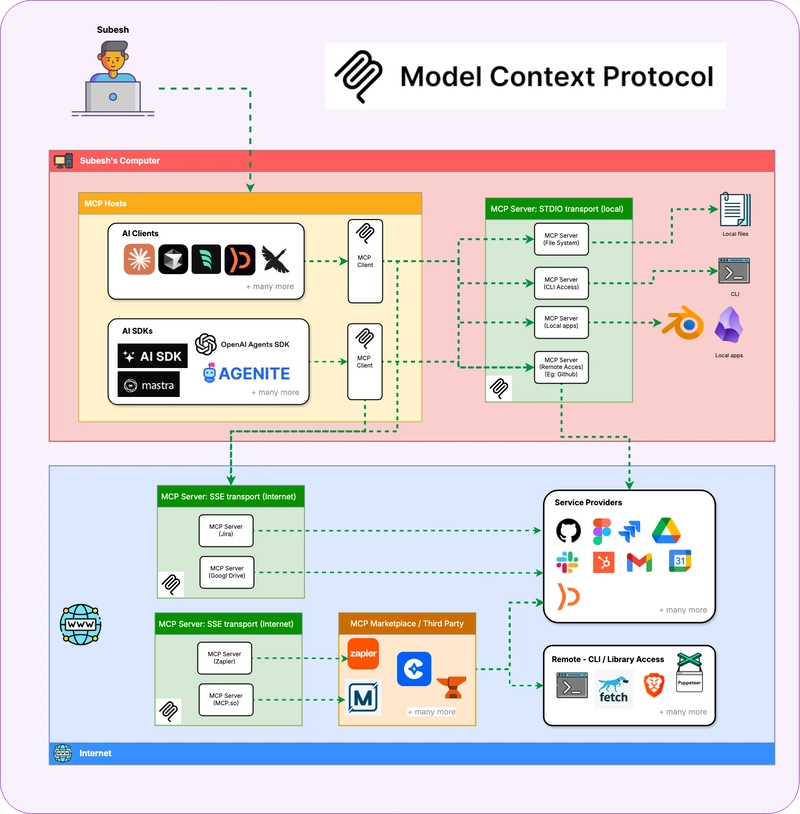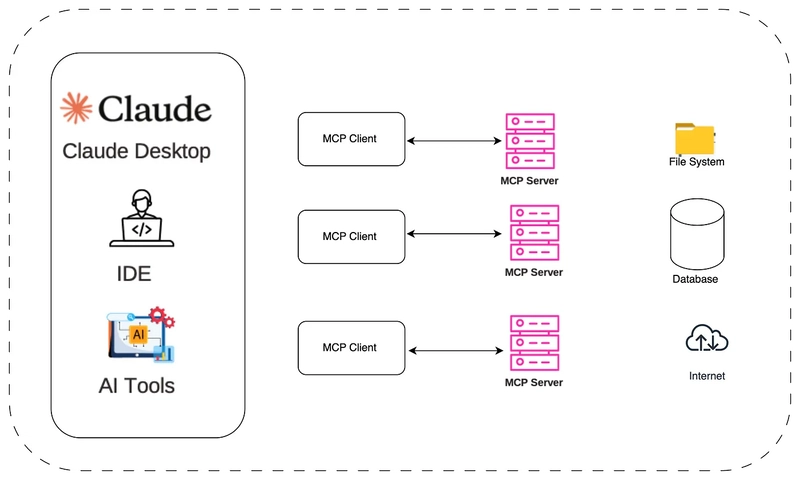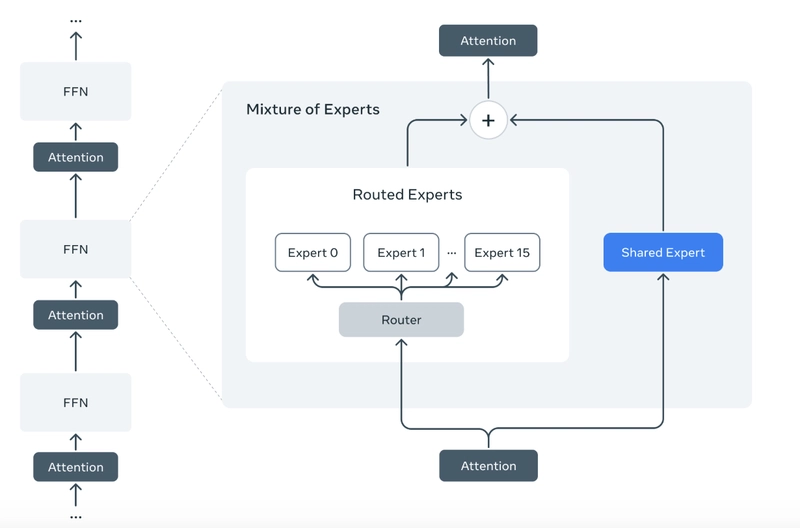MCP unmasked: Why it matters, who should care, and where to be cautious
Ever tried charging your phone at a friend's house, only to find they have a different cable? Frustrating, right? That's exactly the kind of compatibility issue AI faces today. As new models and clients emerge at a rapid pace, users expect them to just work with their existing tools, no matter which AI they choose. But today, that's far from reality. The Model Context Protocol (MCP), created by Anthropic, aims to solve this fragmentation through its unified standard. It's an emerging open protocol that could do for AI what USB-C did for device connectivity, creating a universal way for AI systems to communicate with tools and services. But what makes MCP so promising isn't just that it lets AI take action. The real breakthrough is that it creates a shared language between AI and applications, unlocking major benefits: Simplified integration – Developers integrate once and connect to many tools instead of building custom solutions for every AI-model-service pairing. Expanded AI capabilities – MCP lets AI go beyond passive advice, allowing it to act on real-world tasks, like updating tickets, automating workflows, or analyzing data. Future-proofing – As new AI models and services emerge, they can plug into MCP without requiring major rewrites or vendor-specific adaptations. What we'll cover In this blog, we'll break down: Why does MCP matter? – Understanding the impact for different users What is MCP? – A simple breakdown for everyone What's awesome about MCP? – Exciting trends and innovations Where to be cautiou – Important risks and challenges Conclusion – The future of AI connectivity

Ever tried charging your phone at a friend's house, only to find they have a different cable? Frustrating, right? That's exactly the kind of compatibility issue AI faces today.
As new models and clients emerge at a rapid pace, users expect them to just work with their existing tools, no matter which AI they choose. But today, that's far from reality.
The Model Context Protocol (MCP), created by Anthropic, aims to solve this fragmentation through its unified standard. It's an emerging open protocol that could do for AI what USB-C did for device connectivity, creating a universal way for AI systems to communicate with tools and services.
But what makes MCP so promising isn't just that it lets AI take action. The real breakthrough is that it creates a shared language between AI and applications, unlocking major benefits:
Simplified integration – Developers integrate once and connect to many tools instead of building custom solutions for every AI-model-service pairing.
Expanded AI capabilities – MCP lets AI go beyond passive advice, allowing it to act on real-world tasks, like updating tickets, automating workflows, or analyzing data.
Future-proofing – As new AI models and services emerge, they can plug into MCP without requiring major rewrites or vendor-specific adaptations.
What we'll cover
In this blog, we'll break down:
Why does MCP matter? – Understanding the impact for different users
What is MCP? – A simple breakdown for everyone
What's awesome about MCP? – Exciting trends and innovations
Where to be cautiou – Important risks and challenges
Conclusion – The future of AI connectivity









































































































































































![[The AI Show Episode 142]: ChatGPT’s New Image Generator, Studio Ghibli Craze and Backlash, Gemini 2.5, OpenAI Academy, 4o Updates, Vibe Marketing & xAI Acquires X](https://www.marketingaiinstitute.com/hubfs/ep%20142%20cover.png)


























































































































![[FREE EBOOKS] The Kubernetes Bible, The Ultimate Linux Shell Scripting Guide & Four More Best Selling Titles](https://www.javacodegeeks.com/wp-content/uploads/2012/12/jcg-logo.jpg)



![From drop-out to software architect with Jason Lengstorf [Podcast #167]](https://cdn.hashnode.com/res/hashnode/image/upload/v1743796461357/f3d19cd7-e6f5-4d7c-8bfc-eb974bc8da68.png?#)







































































































.png?#)




.jpg?#)
































_Christophe_Coat_Alamy.jpg?#)
 (1).webp?#)








































































































![Rapidus in Talks With Apple as It Accelerates Toward 2nm Chip Production [Report]](https://www.iclarified.com/images/news/96937/96937/96937-640.jpg)







































































































































